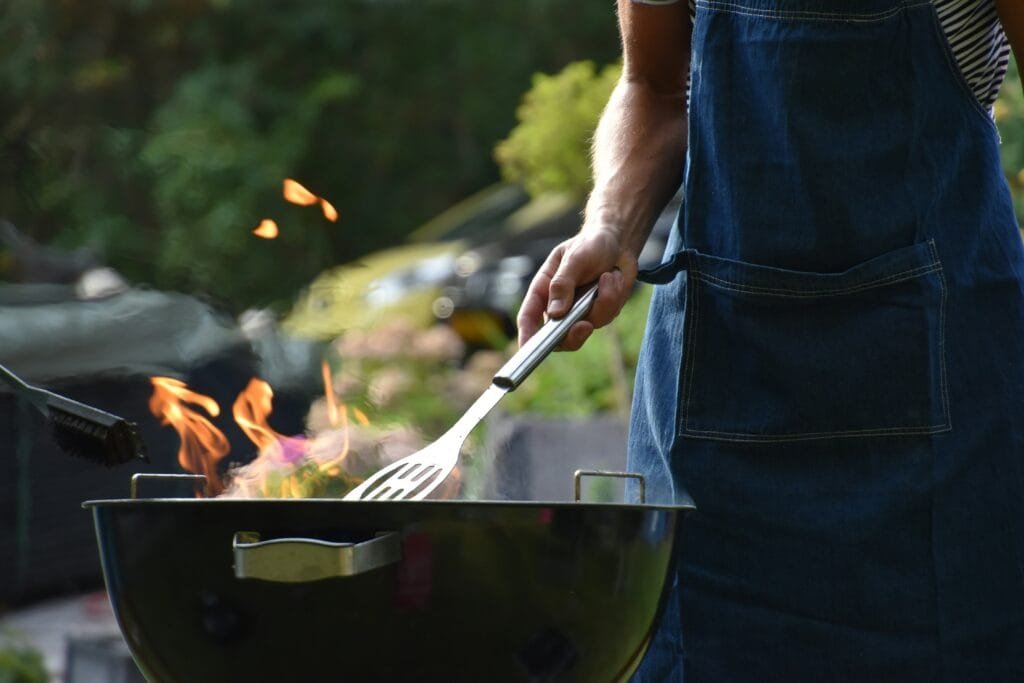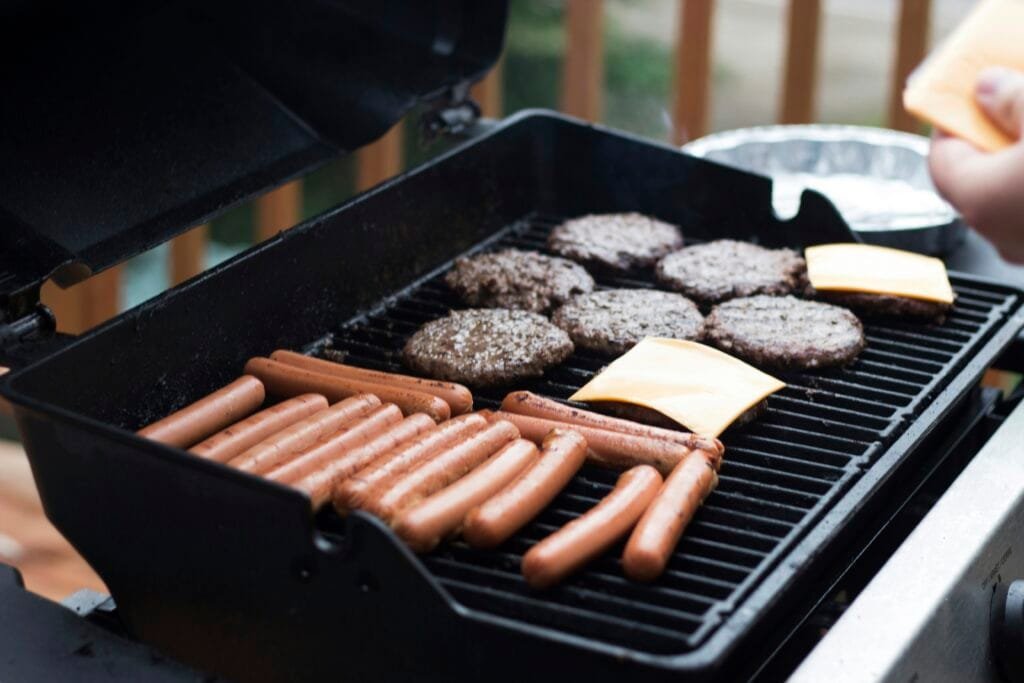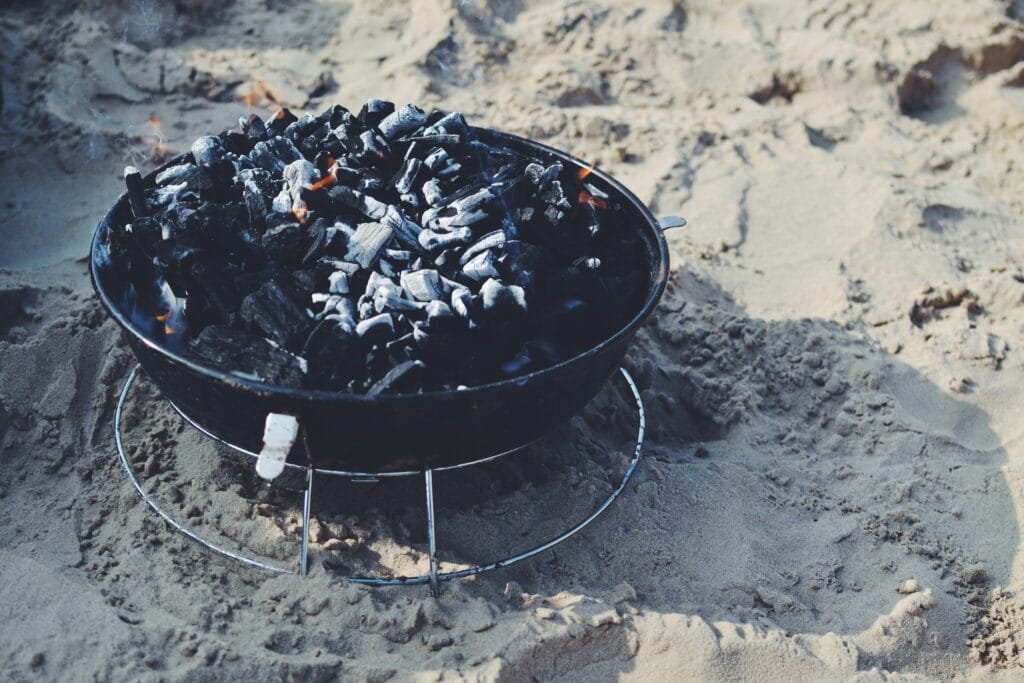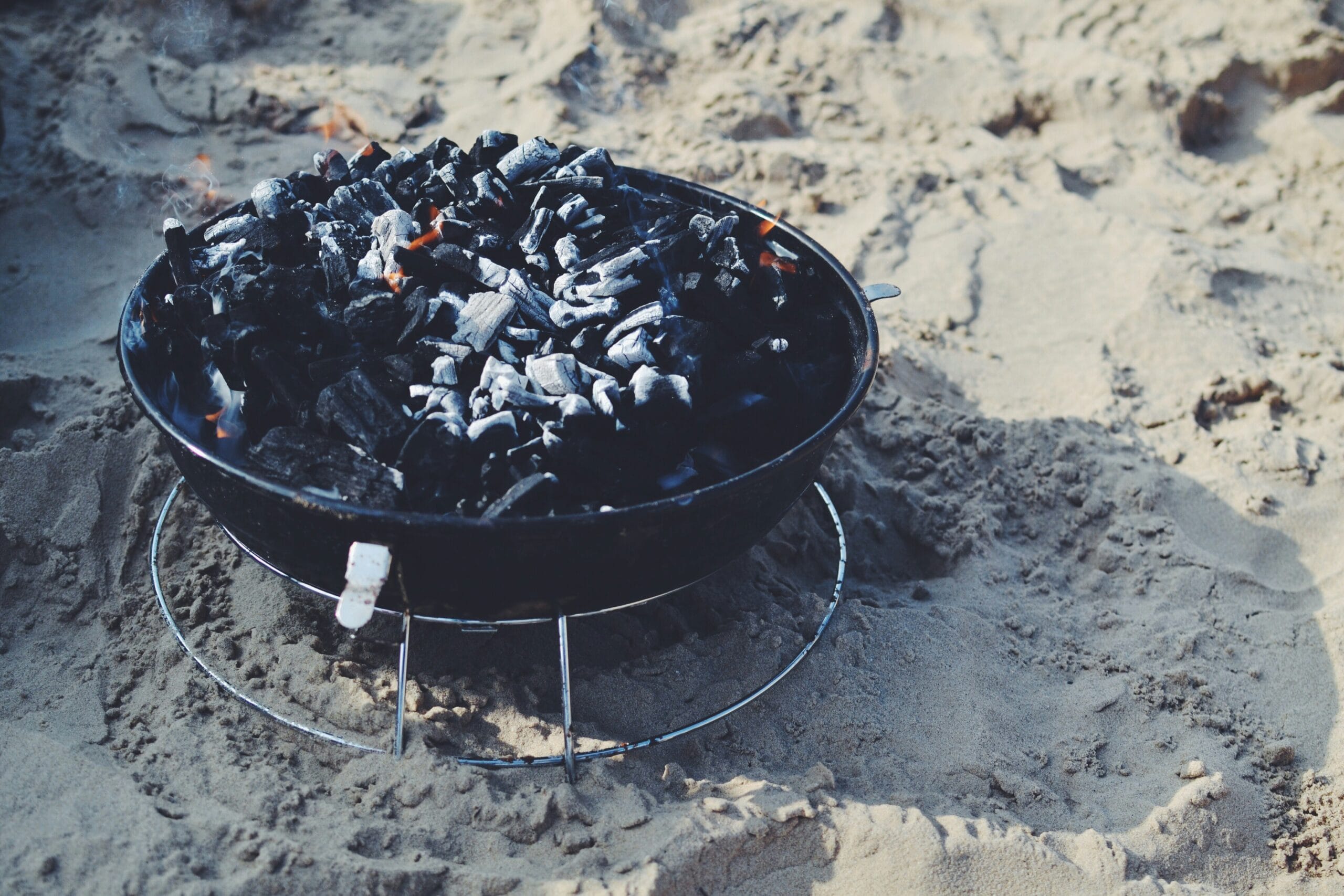Ever wondered how your grill manages to channel just the right amount of fuel to every burner, ensuring each part of your steak gets that perfect sear? It all boils down to one fascinating component: the grill fuel manifold. By understanding how the manifold works, you not only become more informed about your grill’s functionality, but you also gain insights that could help in troubleshooting issues or even spark ideas for an upgrade.
Introduction to Grill Fuel Manifolds
Grill fuel manifolds play a crucial role in the mechanism of your grill, acting as a distribution network for fuel. At its core, the manifold ensures that gas evenly reaches the burners, making it possible for you to control the temperature with precision.
What Is a Grill Fuel Manifold?
A grill fuel manifold is an assembly within the grill that distributes gas equally across burners. Typically made of metal tubes or pipes, it connects to the grill’s control valves and further to the burners. Each segment of the manifold is carefully designed to handle the gas flow and direct it efficiently.
Why Is the Manifold Important?
Consider the manifold the heart of your grill’s fuel system. Without it, managing and controlling different heat zones on your grill would be a tumultuous task. Proper distribution of fuel ensures cooking consistency, which is essential for achieving the perfect grill marks on your steak or creating gently charred veggies.
Components of a Grill Fuel Manifold
The structure of a grill fuel manifold might seem simple, but it consists of various components that each serve distinct purposes. Understanding these elements can enhance your knowledge of grill maintenance and repair.
Main Valve Assembly
The main valve assembly is the component where gas initially enters the manifold. This valve is crucial as it acts as the starting gate for the fuel’s journey. It’s designed to withstand high pressures and control the initial flow of gas.
Tube Connections
The tubes are the pathways that channel the gas to the individual burners. Usually made of robust materials to withstand high temperatures and pressure, these tubes must remain free of blockages to function effectively.
Control Valves
Every burner on your gas grill has a corresponding control valve attached to the manifold. These valves give you the capability to adjust the gas flow to each burner, allowing precise temperature control. Understanding how these operate can help you manage your cooking with greater efficiency.
Orifices
Orifices are tiny openings at the end of each valve where the gas exits to the burner. The size and cleanliness of these openings can hugely impact the grill’s performance. Keeping them clear from debris is important for maintaining a steady fuel flow.

How Does the Manifold Work?
Now that we know the components, let’s explore exactly how a grill manifold works. It’s a fascinating process that happens seamlessly, bringing together both technology and basic physics.
Gas Flow Process
When you open the main valve, gas from the fuel source enters the manifold. This gas then travels through the main tube and branches into smaller tubes directed towards each burner. The uniform distribution through these chambers assures that each cooking zone receives an equal amount of fuel.
Regulation and Control
With control valves linked to each burner, the manifold allows for independent adjustment of gas flow. This provides you with the flexibility to create distinct cooking zones on your grill. Whether you need high heat for searing meat or a lower temperature for delicate items, the manifold makes it possible.
Pressure Management
A sophisticated feature of some grill fuel manifolds is their ability to manage pressure. This feature ensures that despite changes in the fuel level or external conditions, the flow remains steady and consistent, which is vital for even cooking.
Maintaining Your Grill Fuel Manifold
Maintenance is key to ensuring your manifold performs optimally. Regular checks and cleanings can prevent potential issues from arising and extend the life of your grill.
Inspecting the Manifold
Visual inspections are your first line of defense. Check for signs of wear, corrosion, or obstruction in the tubes. If you notice any irregularities, addressing them early can save both time and money.
Cleaning Guidelines
Cleaning the manifold involves disassembling certain parts, particularly the control valves and orifices. Use a soft brush or compressed air to clear any debris from these components. Regular cleaning can prevent blockages and maintain an efficient gas flow.
Troubleshooting Common Issues
From uneven heating to blocked burners, manifold-related issues can show up in various ways. Understanding common symptoms can help you identify and resolve problems quickly. For instance, a sudden drop in grill temperature may indicate a clog in the manifold that needs attention.

Upgrades and Customizations
For the grill enthusiasts who are always looking to enhance their barbecue experience, there are options for upgrading the manifold.
Upgrading Your Manifold
Whether it’s to add more burners or improve fuel efficiency, upgrading your grill manifold can be a worthwhile investment. Be sure to select compatible components and consider what upgrades align with your cooking style.
Customization Options
Customization can be as simple or as complex as you desire. From different materials to bespoke arrangements of burners, customizing your manifold allows for a truly personalized grilling experience. Just ensure any modifications comply with safety standards to avoid potential mishaps.
Understanding Safety Measures
Safety should always be a priority when dealing with any component that handles flammable gases. By adhering to a few fundamental practices, you can enjoy grilling while ensuring the safety of yourself and others.
Safety Precautions
Always follow the manufacturer’s instructions for any maintenance or upgrades. Use protective equipment like gloves and safety goggles when working on or inspecting the manifold.
Leak Testing
Before using your grill, conduct a leak test to ensure there are no gas leaks from the manifold. This involves using a soap solution over joints and connections and checking for bubbles, which indicate escaping gas.
Emergency Procedures
Familiarize yourself with emergency procedures in case of a gas leak or fire. Knowing how to quickly shut off the gas supply and alert others can make a significant difference in an emergency.

Conclusion
Grill fuel manifolds are pivotal to the operation of gas grills, acting as a central component that regulates gas distribution across the burners. Understanding their function is not only enlightening for your culinary exploits but also valuable for effective grill maintenance. By keeping a well-maintained manifold, you enhance your grilling experience and ensure optimal performance every time you fire up the grill.
Armed with this knowledge, you are now better equipped to appreciate the intricacies of your grill, troubleshoot minor issues, or even venture into customizing your grill setup for a cooking experience tailored to your preferences.

